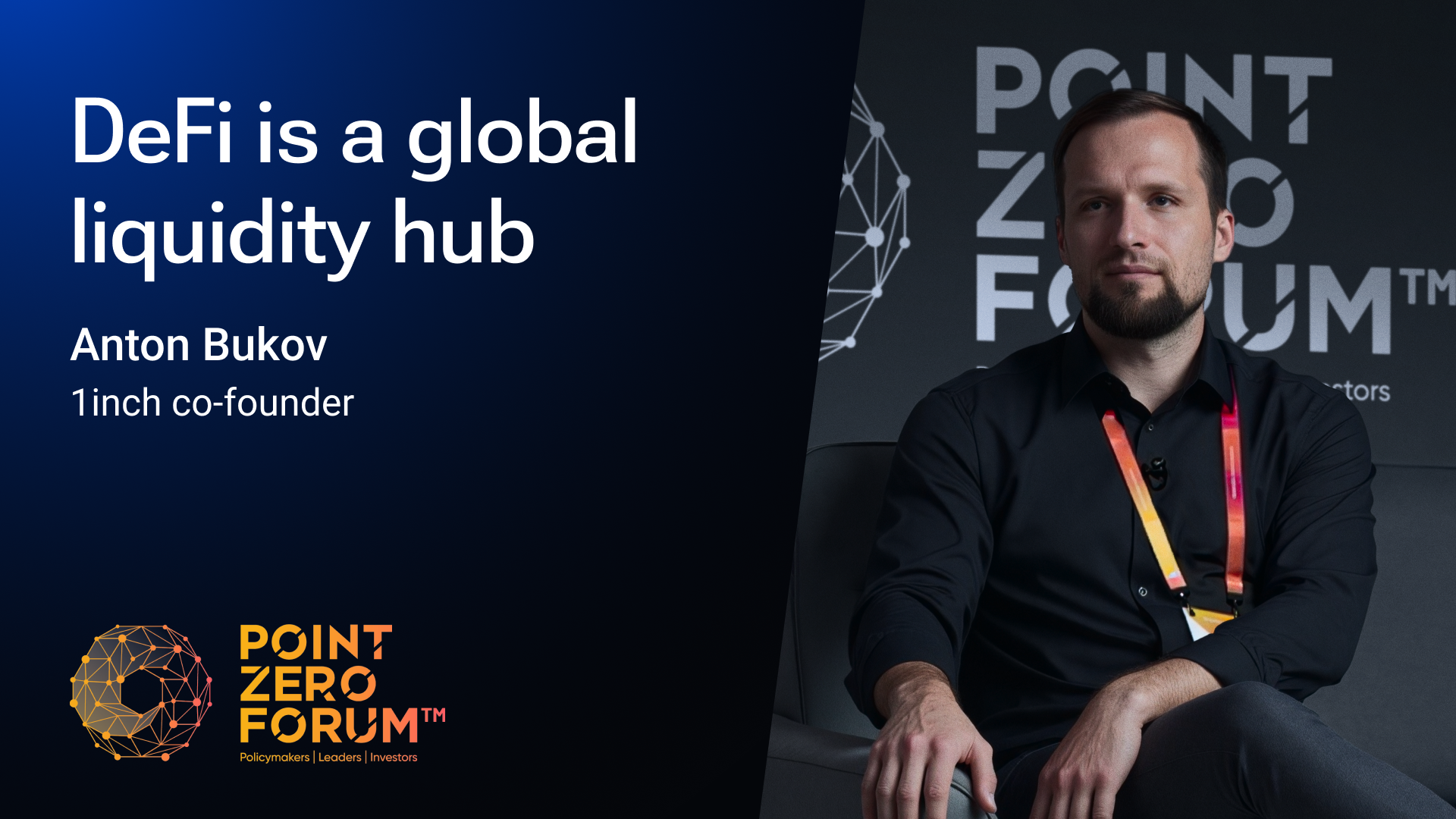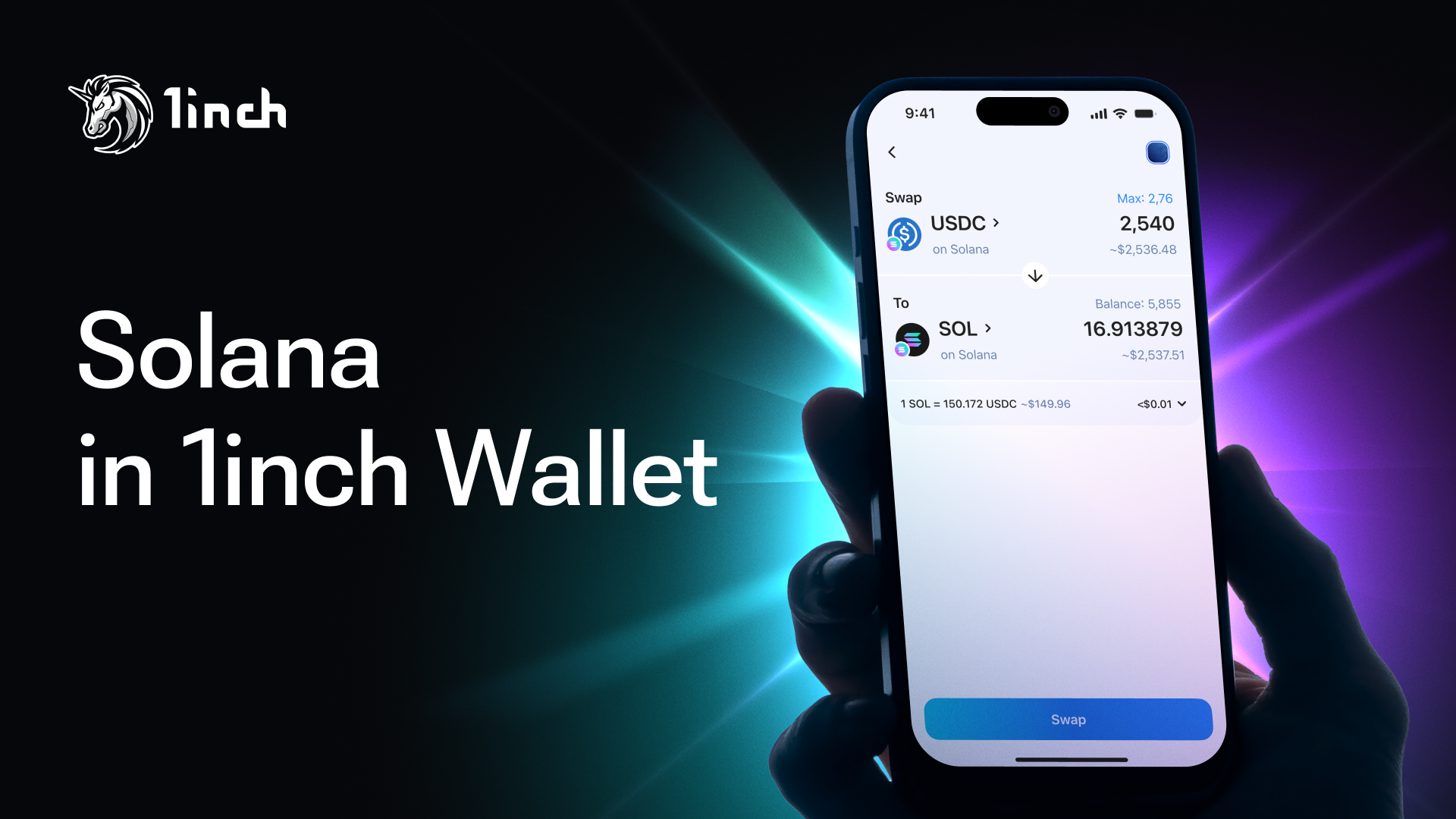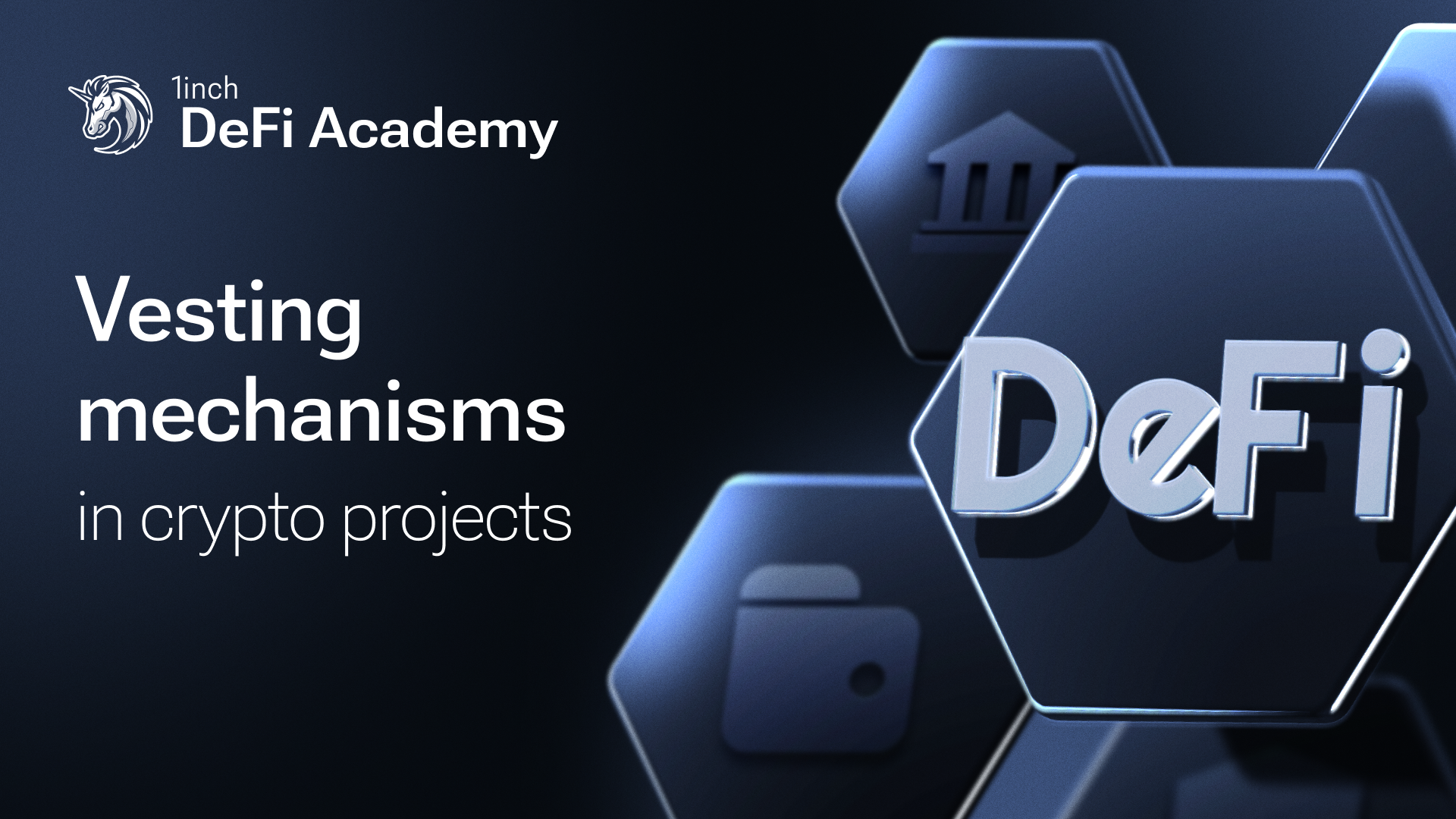
DODO
DODO enables users to trade various assets across a number of blockchains.
About

What is DODO?
DODO is a decentralized exchange that utilizes an innovative proactive market maker (PMM) algorithm to provide superior liquidity and price stability compared to traditional automated market makers (AMMs). Launched as an on-chain liquidity provider, DODO aims to enhance accessibility in decentralized finance, offering users more efficient trading options, including lower slippage and reduced impermanent loss.
How DODO protocol works
At the heart of the DODO protocol is its PMM model, which stands apart from the AMM models used by other DEXes. While AMMs rely on predetermined mathematical formulas, DODO’s PMM mimics human trading behavior and uses external price feeds (oracles) to dynamically adjust prices. This helps liquidity providers achieve better capital efficiency and allows traders to benefit from more competitive prices.
- SmartTrade: DODO’s SmartTrade service enables users to swap tokens while aggregating liquidity from multiple sources. This ensures that traders receive the best possible price across various DEXes.
- Crowdpooling: DODO’s Crowdpooling allows new projects to kick-start liquidity markets while distributing tokens equitably, without the risks of frontrunning or bot interference. This provides a fair token distribution mechanism, ensuring new crypto projects can raise funds without listing fees.
- Liquidity pools: DODO provides flexible liquidity pools where liquidity providers can manage their own market-making strategies. Unlike traditional AMMs, where users must deposit two tokens in fixed ratios, DODO allows single-token deposits, lowering the barriers to entry and offering greater flexibility for liquidity providers.
- Liquidity mining programs: DODO incentivizes users through various mining programs. Traders can participate in trading mining, where they earn rewards for trading on the platform. Additionally, liquidity providers and pool creators can earn through Combiner Harvest mining, making DODO an attractive option for yield generation.
Related articles

Anton Bukov: “DeFi is a global liquidity hub”
Speaking at the Point Zero Forum in Zurich, Switzerland, on May 6, 1inch co-founder Anton Bukov shared his insights on the role of DeFi as a global liquidity hub.
2025 Jul 02
2 min

Solana support added to 1inch Wallet
You can now swap Solana tokens in-app with your 1inch Wallet.
2025 Jun 30
1 min

Beyond lockups: the role of vesting in crypto sustainability
Vesting mechanisms define how and when tokens are distributed, aligning participants with a project’s long-term vision.
2025 Jun 27
3 min
FAQ
What is liquidity aggregation?
Liquidity aggregation combines liquidity from multiple sources to give users access to the best rates and minimal slippage during token swaps – all within a single place. By tapping into liquidity across the entire market, 1inch simplifies the swapping process, saving users time and effort. This efficient, decentralized approach enhances the swapping experience in a self-custodial environment.
Why is DEX aggregation important?
DEX aggregation is crucial because it enables users to access competitive prices and optimal liquidity across multiple decentralized exchanges through a single interface. Since different DEXes may offer varying prices for the same asset, DEX aggregation eliminates the need for manual comparison, ensuring users get the best possible rates. Additionally, swaps can be split across different protocols and market depths, optimizing both swap prices and gas usage. With 1inch, users enjoy a seamless experience that consistently delivers top-tier rates and efficiency.
What is the DODO protocol?
DODO is a decentralized exchange that uses a proactive market maker (PMM) algorithm to provide improved liquidity and price stability compared to traditional AMMs. The platform enables efficient token swaps, flexible single-token liquidity provision and low slippage. DODO also offers features like Crowdpooling for fair token launches and various liquidity mining programs. The DODO token supports governance and rewards, making DODO a versatile platform for swapping, liquidity provision and community-driven growth within DeFi.
































